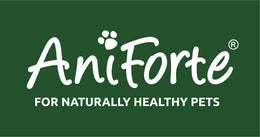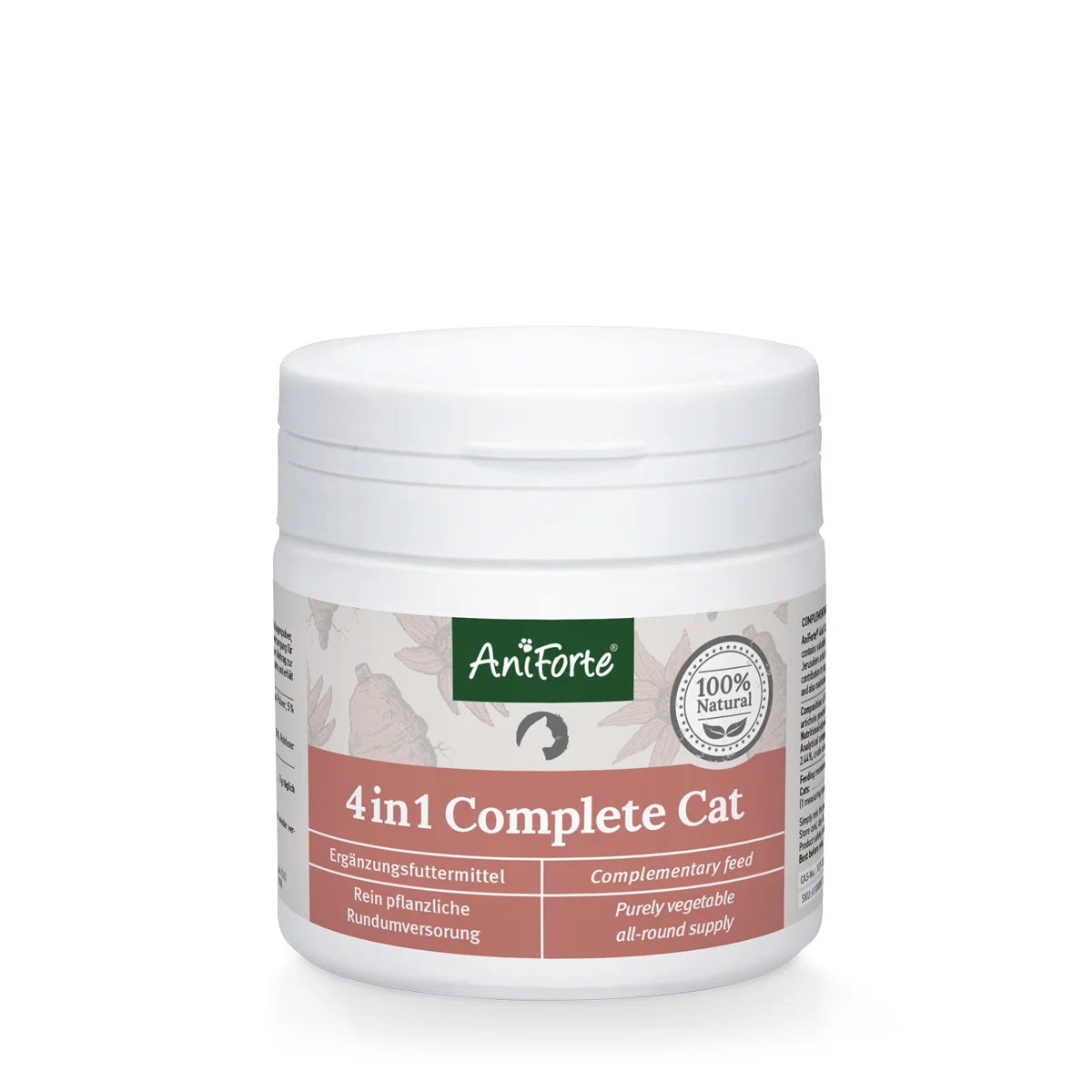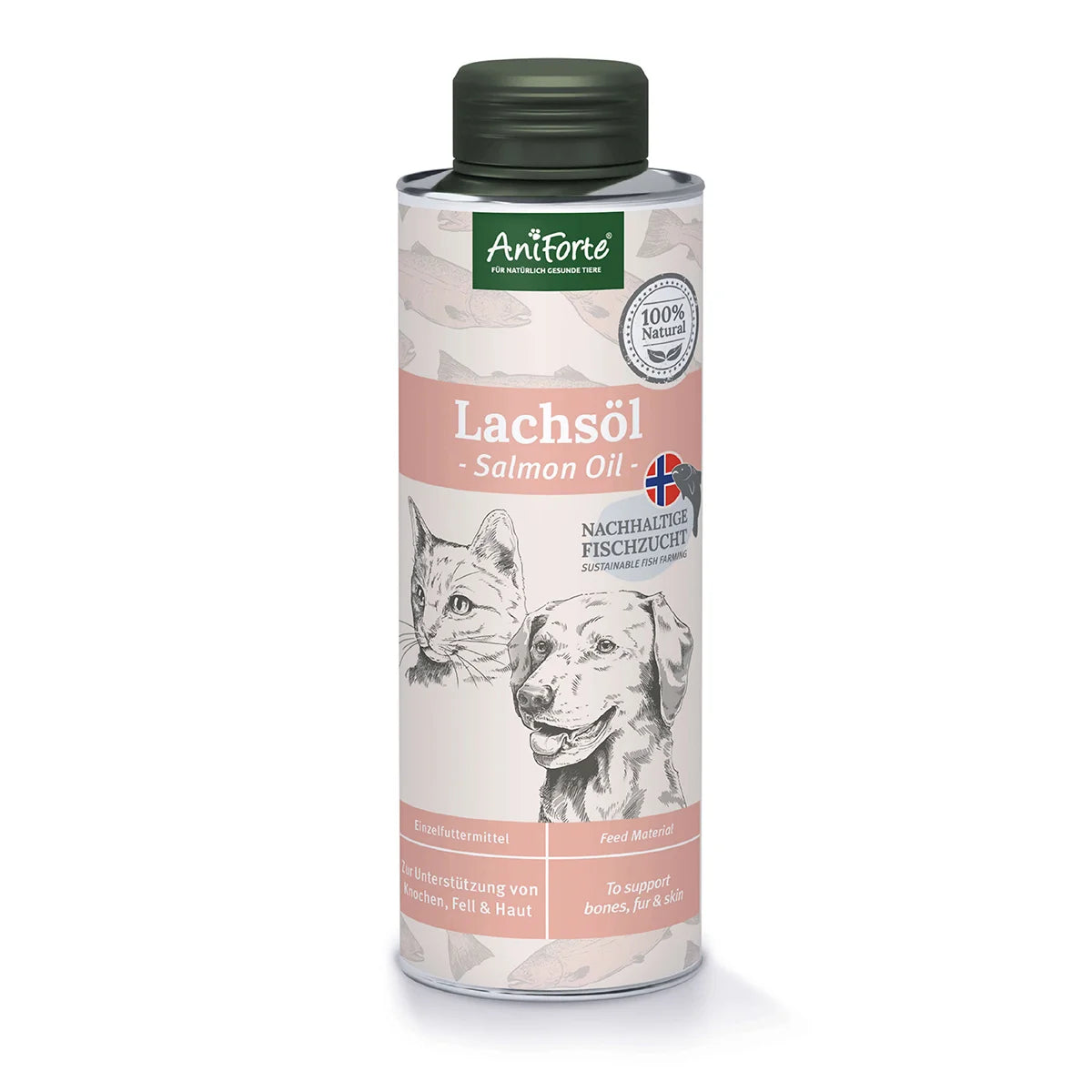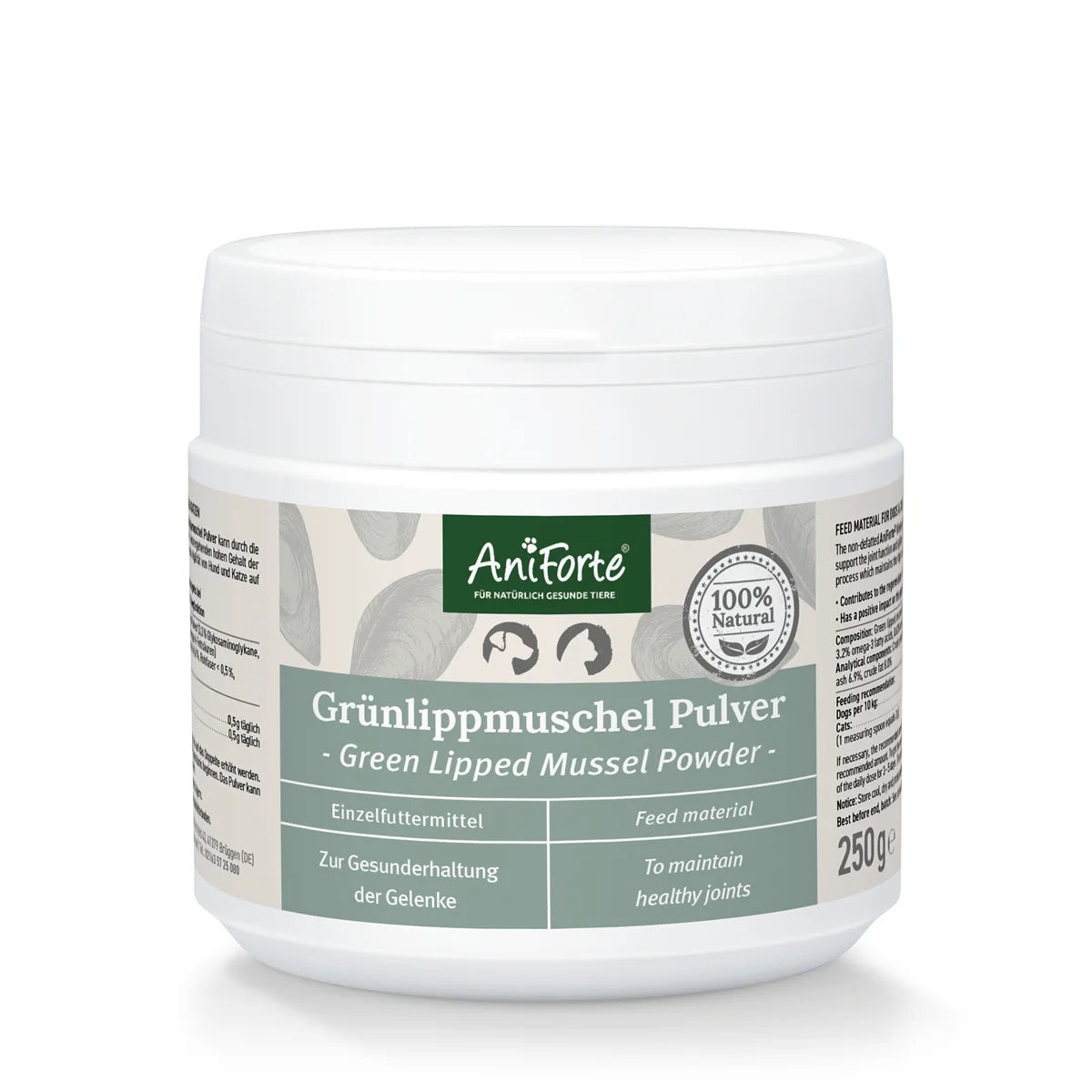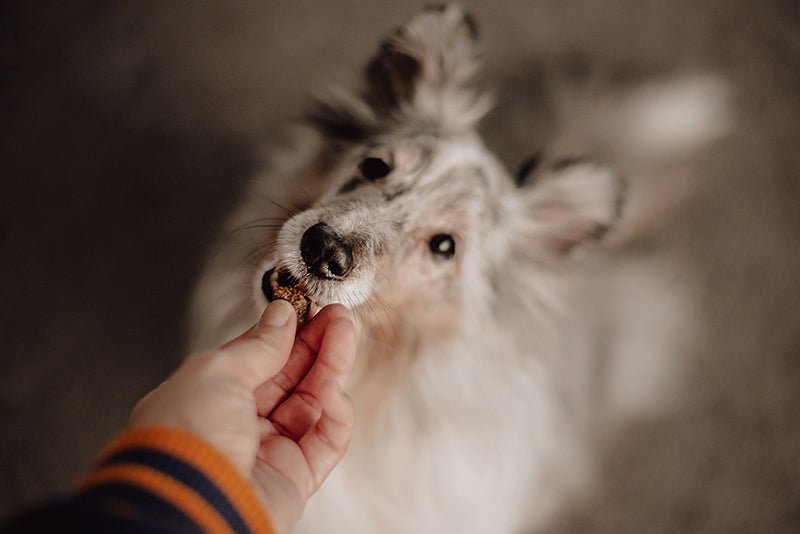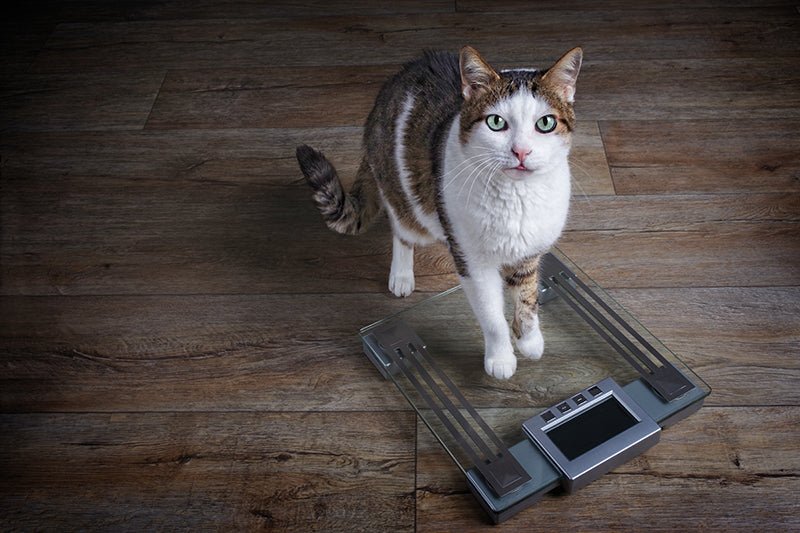
The addition of a puppy to the family is usually associated with a lot of joy. There are many things to consider for you as a new dog owner. What needs does the puppy have? How do I ensure the right puppy training? What diet is suitable? In an interview with veterinarian Philipp Schledorn, we talk about what to watch out for during the puppy’s first few weeks at home.
Up to what age do we speak of a “puppy?”
There are three so-called “puppy phases.” The first phase, the “newborn phase,” begins right at birth and lasts until the dog is 14 days old. The basic needs, such as eating, sleeping and defecation, are the focus. This is followed by the “transition phase” from day 14 to day 21. Here the perception of the environment becomes increasingly important for the puppy. The dog then becomes curious about everything around him from the 3rd to 18th week of life. This phase is called “socialisation phase.”
Why is this curiosity important during the “socialisation phase?”
For the dog, the integration into society (= socialisation) begins during this phase. The dog’s experiences in relation to people, other dogs, food, environmental influences and situations during this period will set the tone for the rest of his life. After all, the puppy’s brain grows, and every outside influence is stored and then retrieved later in similar situations. These formative weeks are extremely important for the relationship between the puppy and the person by its side.
What does a puppy need?
Sleeping, eating, playing – those activities are the main focus of the dog’s life during the first few weeks. Accordingly, a sleeping spot for the puppy should always be prepared in a quiet, warm place. However, avoid placing their bed next to the heater. With continuous operation on cold days, this heat can dry out the puppy’s mucous membranes and make him more susceptible to colds. Also, make sure that the food and water bowls can’t slip and are stable. When it comes to puppy toys, make sure that they are not small enough to be swallowed.
How and when do I start puppy training?
Puppy training begins on the first day of moving in. It’s about teaching the dog rules and rituals in a playful way. You should always be consistent but loving. First of all, the puppy is taught the hierarchy in the family, so the little one can adapt and knows where he/she stands.
How do I get the puppy to recognise me as “higher in rank” through puppy training?
The best way to do this is with clear and consistent communication. You are teaching the puppy that he is the lowest ranking individual in the family by literally showing “leadership skills.” The puppy should recognise that you are trustworthy. This is achieved through gestures, facial expressions, and clear signals. Dogs can sense when you are unsure. Dominant gestures, on the other hand, convince him of your higher rank. These should of course be loving, such as touching the animal’s entire body - this conveys superiority to the puppy without attacking or unsettling it. So-called “taboo zones,” such as your bed where the puppy is not allowed, also let him know that you are the family’s “alpha animal.”
How do I teach the puppy how to properly interact with other dogs?
During the socialisation phase, the puppy learns the basic rules of dealing with other dogs in play and in fights. The most important behaviors include biting inhibition, submission and dominating the other individual. It is wrong to assume that the puppy is under “puppy protection” when he encounters other dogs. This only exists for dogs within a pack. A puppy will have to be submissive towards other dogs in order to not trigger aggression. Your puppy will adopt your attitude towards others: if you are relaxed when meeting new dogs, you set the best tone for a healthy learning process.
How do puppies learn commands and rules through puppy training?
Dogs always learn through connections; they connect one event to another. That is why praise is very important in dog training. Puppies that have been praised for a course of action will repeat it and practice it more often. You can take advantage of this if, for example, you reward him with your voice, cuddles, toys, or food every time your puppy does something right. Conversely, to learn commands, it makes sense to let the pup sit, for example, before he is given food.
How do I create the best conditions for rapid learning during puppy training?
By saying goodbye to the idea that learning processes must be quick. This will take time and patience. You can support your puppy by first letting him learn in “safe” places, for example within your own four walls. Any distractions and excitement will negatively impact his attention span.
Housebreaking is also part of the learning process during puppy training – what do I need to consider?
Housebreaking training should always be non-violent and loving. Dogs are not naturally housebroken, but humans are responsible for this learning process, in which the animal is taught to consciously control its sphincter. This also takes a lot of time but is worth it. A puppy should be given a chance to empty his bowels about every two hours. Remember to praise your pup profusely when the job is done.
Even 20 minutes after eating, drinking, or playing and immediately after waking up, you as a dog owner must ensure that the puppy can urinate. Fidgeting or sniffing around can be signs that it’s time to take him outside. Some dogs are particularly sensitive or easily distracted, so a quiet environment is important. Aids such as special dog toilets or puppy pads are recommended for the transition if your puppy is too restless outside.
How do I deal with my pup relieving himself inside the house?
This can happen, at least in the first few weeks. You should keep calm and not scold or punish him. The puppy does not understand this and will lose trust in you. I’ve heard of cases where puppies have had their heads pushed into their “mishaps” to show them what they’ve done. This is a human way of thinking that is not transferable to dogs. Your puppy understands praise much better than punishment.
When can I take my puppy outside?
From the beginning. This is more a question of the right timing. It is important for the puppy to get to know the environment outside of their own four walls and garden. To make the young dogs adaptable and resilient later, you should pay attention to how much stress you want to put on your puppy. During the first few weeks, a walk of no more than 15 minutes is recommended. This confrontation with the outside world is invaluable, because in addition to a variety of floor structures and sights and smells, the puppy also encounters other people and animals on these excursions and trains it routines.
Which situations should I avoid on such walks with my puppy, and which ones should I look for?
Quiet places such as forests or meadows are just as recommended as busy streets or shops. Only in moderation, of course. Your attitude is critical to any new situation the puppy gets into with you. Radiate serenity and self-confidence, regardless of whether a car beeps its horn or construction noise is roaring. Observe your dog’s reactions carefully and leave the situation if he shows signs of fear or stress, such as panting, howling, or trembling.
In addition, the puppy should have enough time on these walks to pick up scents. This is how he familiarises himself with the area. Anything that the young dog stores as familiar during the socialisation phase will no longer cause any problems later. That’s why I recommend short trips to busy intersections, paths used by joggers and cyclists, or to a children’s playground or shopping center. Try to forget that you are busy training your puppy. If your behaviour is aimed at other people’s reactions, your dog will notice. You shouldn’t care about the opinions of others - instead, focus on a consistent attitude towards the puppy.
What other options are there to keep my puppy busy?
Play is the best way for puppies to learn. Games of skill, for example, promote the innate drive to learn. In search games, make sure that the toy is not too small. Be aware that slippery floors such as tile or laminate can damage his joints. With running and movement games, always take care not to completely exhaust your puppy. Also avoid steps or steep inclines. Extreme stress such as dog sports or cycling are of course out of the question with a puppy.
The game should never lead to the animal being overwhelmed, rather it should be a matter of well-considered actions that encourage your puppy. A puppy school can also teach you the most important lessons in basic training to support you in dealing with your new animal and give you helpful tips and firm rules of conduct.
Should you give the young dog special food for puppies?
As with humans, the correct composition of fats, carbohydrates, dietary fiber, minerals, trace elements and vitamins are important for dog food. The ingredients of dry or canned food are usually listed in detail on the packaging. Special puppy food can also be useful, as it contains a lot of calcium and vitamins that promote growth. When you got the puppy from a breeder, the diet is gradually changed. Since every breed has its own special demands, it is advisable to consult a veterinarian if you are unsure.
Is puppy training feasible for every family?
As long as the family members have enough time and patience, absolutely. What is decisive, however, is the attitude of the people who bring a puppy into their home: if they radiate calm and react calmly to small mishaps, then your dog will quickly learn that family means security and rules.
